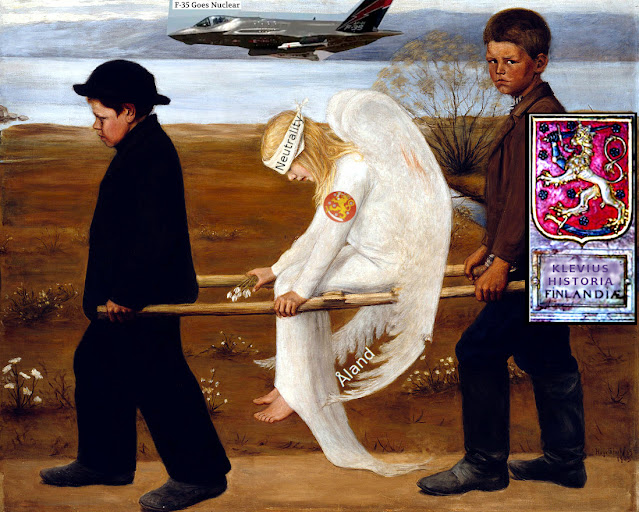Finland-Swedish Peter Klevius exhibits the art of the Finland-Swedish artist Hugo Simberg, calling it The Rape of Finland and Åland

Peter Klevius feels that Hugo Simberg would have 100% approved of this 2023 art exhibition on the web as a follow up to his 1903 exhibition of the 'Wounded Angel' at Ateneum (Helsingfors) - where Peter Klevius would have no access today More than a century after Hugo Simberg painted the The Wounded Angel, it was voted Finland's "national painting" in 2006. The Garden of Death by Hugo Simberg - updated by Peter Klevius. The main problem for Finland (and other US puppets) is that US is now a dangerous losing criminal due to its dollar theft 1971- coming home to roost thanks to Cina's success, and that China surpasses US in all tech categories - which means that hanging on to US hegemony inevitably means retarding in technology, wealth, and security. To understand the civil war in Ukraine you need to understand how US managed to reintroduce fascism in Europe, and how this has made it possible for US controlled media to support what it previously used t...

